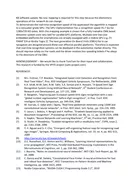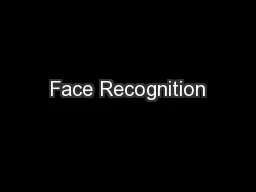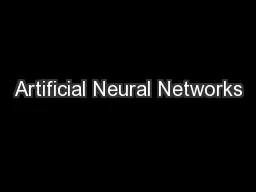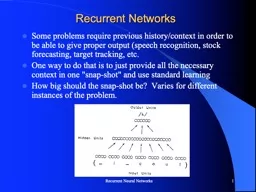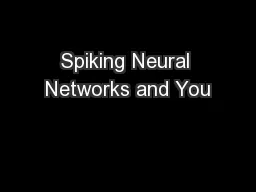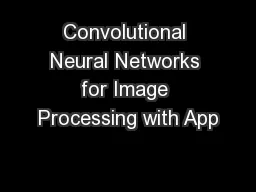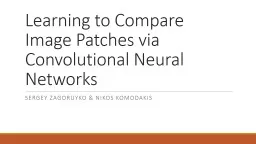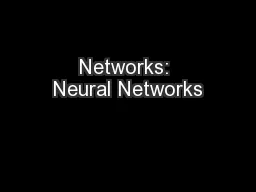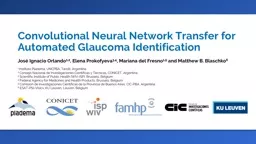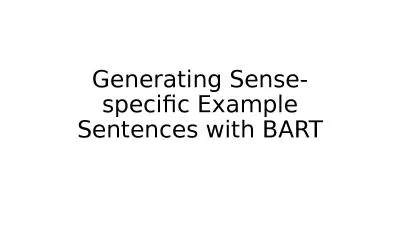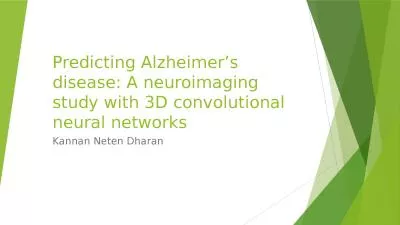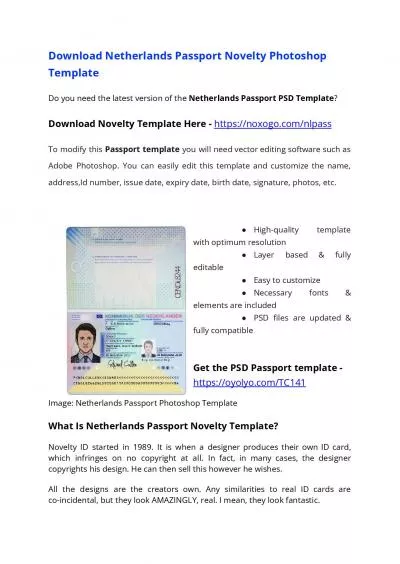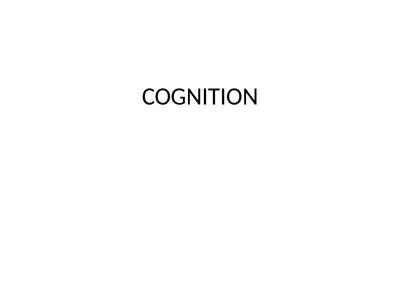PDF-SPEED SIGN DETECTION AND RE COGNITION BY CONVOLUTIONAL NEURA L NETWORKS Peemen Maurice
Author : olivia-moreira | Published Date : 2014-12-21
ABSTRACT From the desire to update the maximum road speed data for navigation devices a speed sign recognition and detection system is proposed This system should
Presentation Embed Code
Download Presentation
Download Presentation The PPT/PDF document "SPEED SIGN DETECTION AND RE COGNITION BY..." is the property of its rightful owner. Permission is granted to download and print the materials on this website for personal, non-commercial use only, and to display it on your personal computer provided you do not modify the materials and that you retain all copyright notices contained in the materials. By downloading content from our website, you accept the terms of this agreement.
SPEED SIGN DETECTION AND RE COGNITION BY CONVOLUTIONAL NEURA L NETWORKS Peemen Maurice: Transcript
Download Rules Of Document
"SPEED SIGN DETECTION AND RE COGNITION BY CONVOLUTIONAL NEURA L NETWORKS Peemen Maurice"The content belongs to its owner. You may download and print it for personal use, without modification, and keep all copyright notices. By downloading, you agree to these terms.
Related Documents

